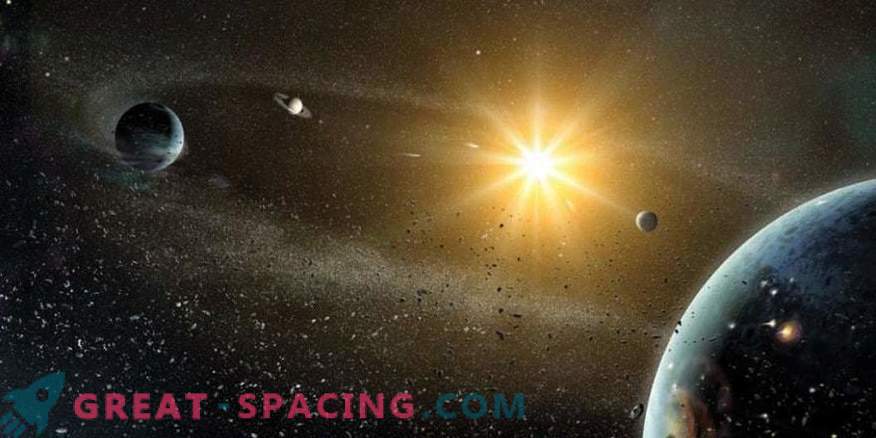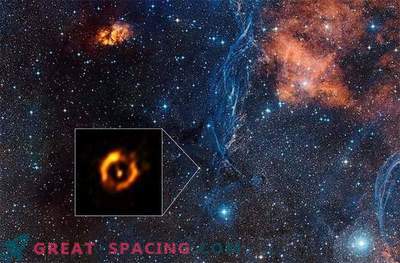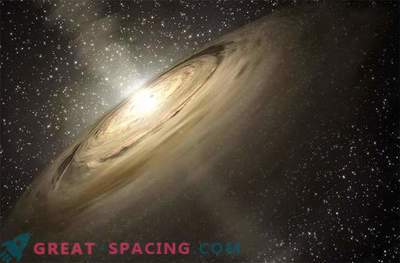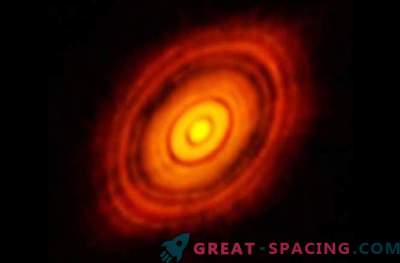
The European team of astronomers revealed that dust particles around the star were already coagulating before the star itself fully grows. The growth of dust particles is the first step in planetary formation.
In recent years, scientists have begun to notice a multitude of planetary systems around foreign stars. Almost every star has at least one planet, so researchers are interested in how they are formed and how the process affects planetary diversity in size and massiveness. The results of the last study show that the creation of planets begins early in the process of star formation.
For observations used array ALMA (Chile). This is a collection of 66 combined radio telescopes located within a radius of 16 km in the Atacama Desert. The researchers followed the still-developing star TMC1A in the constellation Taurus. It was possible to see a striking absence of carbon monoxide radiation in the disk-shaped region near the star. Using numerical models, scientists have demonstrated that the dust particles in the young protoplanetary disk probably grew from 1/1000 mm to 1 mm. The results indicate that the planets are beginning to emerge at a time when the star is still developing (from half to three quarters of its final mass). The early growth of dust grains can explain the formation of giant planets like Jupiter or Saturn. Only in the early protoplanetary disks there is enough mass to create such large objects.
In the future, researchers plan in a similar way to look for control signs of the formation of planets around other protostars. As a result, it will turn out to get more information about the process of planetary creation.











































